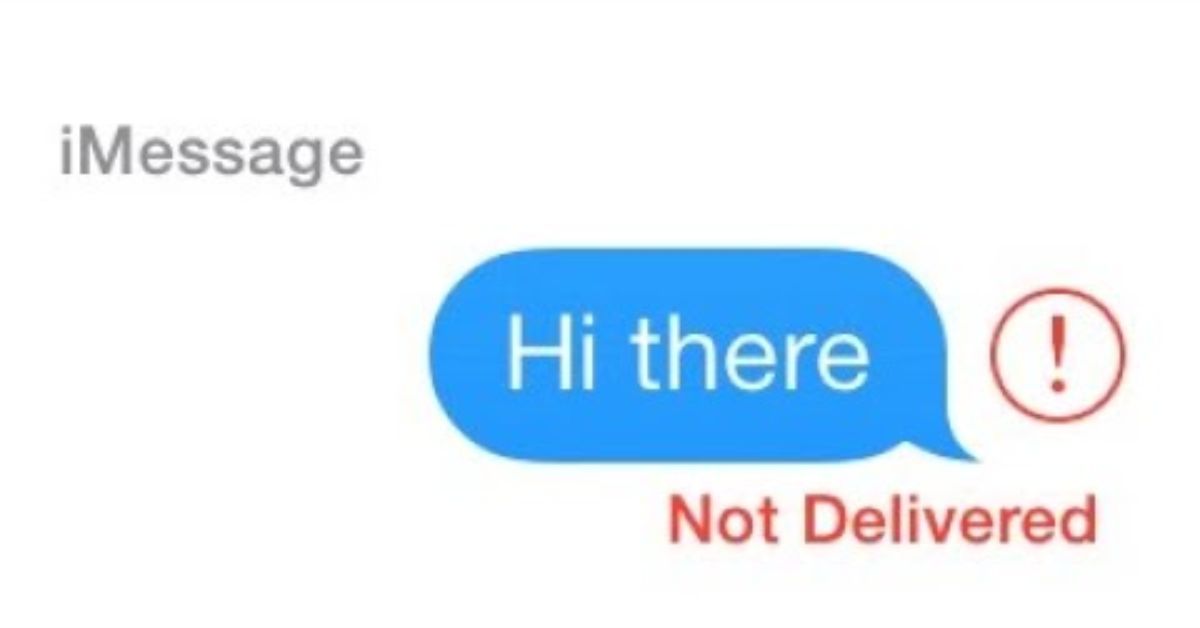If you’ve ever stared at your screen wondering why your text Aren’t delivered on Android, you’re not alone. Many users across the USA run into this frustrating issue where messages appear stuck as “sent,” show a red not delivered warning, or simply disappear without reaching the other person. These Android text delivery issues can happen with SMS, MMS, or RCS, and the reasons are often more complex than they seem at first glance. In this guide, we’ll dive deep into why texts aren’t delivered Android: causes, fixes, and expert insights so you can get back to stress-free communication.
Quick Summary
When your Android SMS is not delivered or an MMS not sending an Android message fails, the culprit can range from something as simple as a weak signal to more advanced problems like RCS not delivering due to compatibility issues. Sometimes a carrier outage, incorrect APN settings, or a misbehaving messaging app is to blame. Other times, the issue lies in device-specific quirks like battery optimization shutting down background processes or a faulty SIM card. In short, failed text delivery is rarely random—it has identifiable causes and practical solutions.
How Text Messaging Works on Android
To understand why text not delivered Android problems occur, it helps to know how Android texting works behind the scenes. Traditional SMS travels through the carrier’s SMSC (Short Message Service Center). When you hit send, your phone pushes the text to the SMSC, which then routes it to the recipient. MMS, used for images and group messages, requires mobile data and sometimes specific APN configurations. Then there’s RCS (Rich Communication Services), known as Chat Features in Google Messages, which adds delivery receipts, typing indicators, and Wi-Fi support.
Each method—SMS, MMS, and RCS—depends on both your phone and your recipient’s phone being properly configured. For example, if you’re using RCS but the other person’s device doesn’t support it, your phone should fall back to SMS. But glitches, outdated apps, or carrier misconfigurations can prevent that fallback, leaving your message stuck as sent with no delivery.
Common Causes for Undelivered Text Messages on Android
1. Network and Carrier Issues
One of the most common reasons for Android messages not sending is network glitches or a carrier-wide issue. Even when you see full bars, your phone might be in a weak signal despite full bars zone where texts hang indefinitely. A carrier outage or network congestion during peak hours can delay or block delivery. In rural areas, coverage maps often hide dead zones where messages fail. Sometimes, the carrier must perform a provisioning reset on your account before texts will flow again. Checking reports on DownDetector can confirm if the problem is widespread.
2. RCS Compatibility ProblemsGoogle Messages with Chat Features while the other uses a non-RCS app like Samsung Message
The rollout of Rich Communication Services (RCS) has created new layers of confusion. RCS compatibility issues often occur when one person uses s. The result? Google messages not delivered or falling back inconsistently to SMS. Group chats can be especially unreliable, and cross-platform issues like RCS messages not delivering to iPhone are common.
3. App Bugs and Software Updates
Sometimes, failed to send SMS Android errors happen after a system or app update. Firmware bugs or OS updates can temporarily break messaging, especially on devices with heavy custom skins like One UI, MIUI, or EMUI. Even minor updates can reset permissions or disable default messaging app settings, leaving your Android messages not sending. Clearing cache, updating apps, or reinstalling the messaging app often resolves these issues.
4. Blocked Numbers and Do Not Disturb
Sometimes, when Texts Aren’t Delivered Android, the reason is surprisingly simple—your contact may be on the blocked numbers list. In other cases, features like Do Not Disturb or Focus Mode silently filter messages, making it look like they failed to send. Because Android uses system-level blocking, you won’t even see a “not delivered” warning if the block is active. Accidentally blocking someone can lead to days of confusion until the issue is finally spotted and corrected.
5. Wi-Fi versus Cellular Data Conflicts (Especially for MMS)
MMS not sending Android often relates to Wi-Fi versus cellular data conflicts. Most U.S. carriers still require mobile data for sending MMS, even if your phone has strong Wi-Fi. Users relying solely on Wi-Fi calling may see photos and group messages stuck in “sending” mode. Toggling off Wi-Fi and forcing the phone onto data usually fixes the problem.
6. Battery Optimization Settings
Modern Android phones use aggressive battery optimization techniques. While good for battery life, these settings sometimes restrict the messaging app’s background activity. If Google Messages RCS text messaging is put into Deep Sleep or restricted under Special Access > Battery Optimization, delivery will fail until you whitelist the app. Brands like Samsung and OnePlus are notorious for this behavior.
7. Device-Specific or Manufacturer Bugs
Not all devices handle messaging the same way. Device-specific messaging bugs appear frequently on forums. Manufacturer bugs tied to custom software layers can cause Google messages not delivered or delays. For example, certain Pixel firmware updates have temporarily broken SMS delivery, while Samsung phones occasionally have MMS over Wi-Fi issues.
8. Third-Party App Conflicts
Third-party apps can interfere with texting. Cleaner apps blocking background tasks, VPNs, or security/antivirus apps restricting SMS may conflict with your default messaging app setting. Sometimes, simply uninstalling a recently added app resolves a message stuck as sent issue.
9. SIM Card Problems
Finally, when Texts Aren’t Delivered Android, don’t overlook the SIM card itself. A worn or damaged SIM can block proper delivery, and older SIMs may not support modern features like VoLTE or 5G that U.S. carriers now rely on for reliable texting. Simply reinserting the SIM, testing it in another device, or requesting a replacement often resolves persistent Android SMS not delivered issues and restores stable messaging.
Troubleshooting Failed Text Delivery on Android
Fixing text not delivered Android issues starts with simple steps. Restart your phone, toggle Airplane Mode on and off, and check for updates. If that doesn’t help, try clearing the cache and data of your messaging app, or switch your default messaging app setting from Samsung to Google Messages. Resetting network settings often solves hidden APN misconfigurations that cause MMS failures. If you suspect the SIM, test it in another device or request a carrier provisioning reset from customer service.
Advanced Solutions for Persistent Issues
If basic troubleshooting fails, advanced steps may be needed. Checking your APN configuration ensures the correct APN type (default,mms,supl) is active. Manually disabling Chat Features forces the system to revert to standard SMS, bypassing RCS not delivering problems. If the SMS centre number is misconfigured, contacting your carrier is the only fix. For rooted users or advanced techs, flashing the latest firmware bug patches can stabilize delivery. At the highest level, carrier support may need to reset your line provisioning.
Preventive Measures for Reliable Text Messaging
Prevention saves time and stress. Always keep your Android version and messaging app updated. Periodically clear cache, check blocked lists, and monitor installed apps that could interfere. Review battery optimization settings every few months and whitelist critical apps like Google Messages. When starting group chats, confirm RCS compatibility to avoid confusion. Most importantly, replace SIM cards older than three years to avoid hidden SIM provisioning problems.
5 Things Most Users Don’t Know About Android Text Delivery
Most people assume texting is simple, but there are hidden quirks. First, SMS can still fail with full bars due to network congestion or routing errors. Second, RCS messages often fallback to SMS, but only if configured correctly. Third, U.S. carriers still enforce strict MMS size limits, often around 1MB. Fourth, switching between Wi-Fi and mobile data mid-send can break the process. And fifth, many delivery problems stem from outdated SIMs, which can’t fully handle modern eSIM activation issues or VoLTE features.
May Also Read: 5+ Fixes for Wi-Fi Calling Unavailable
Conclusion
Texts Aren’t Delivered Android” is a frustrating issue, but the good news is that it always has a solution. Sometimes the fix is as simple as restarting your phone, clearing the cache, or toggling airplane mode, while in other cases you may need advanced steps like adjusting APN settings or checking SIM card health. The root cause often lies in network issues, app glitches, RCS compatibility errors, or hidden system settings. By understanding these problems and applying the right preventive measures, you can make sure your Android texts are not just sent but also consistently delivered without interruption.


